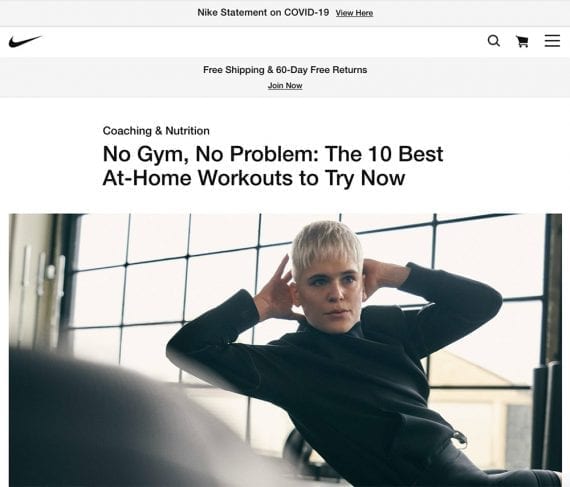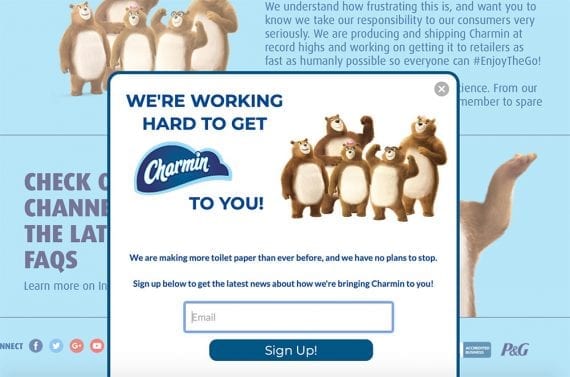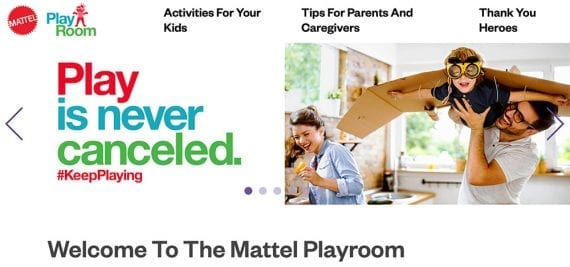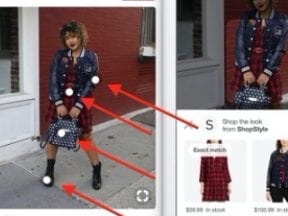As most U.S. states start to reopen, it’s easy to consider ditching temporary coronavirus policies. Instead, online businesses should focus on retaining customers and addressing concerns. According to Ipsos, a leading data provider, 78 percent of consumers who tried a new brand or product will likely continue using it.
Now is the time for ecommerce businesses to strengthen relationships with shoppers. Consider the following pointers.
Driving Long-term Loyalty
Remember what’s important. A third of global consumers, including 27 percent in the U.S., have already punished brands they think misbehaved in response to Covid-19. That’s according to the Edelman Trust Barometer 2020. It’s crucial to consider what’s important to both your customers and the community.
Put people first. Edelman says brands that place profits before people during the crisis will lose trust. In the U.S., 69 percent said such companies would lose their trust forever. Put people first.
Recognize changes in buying behavior. A recent Google study revealed that the loyalty of 84 percent of U.S. consumers depends on how brands act today. Shoppers are paying more attention to a company’s overall tone during the pandemic.
Get personal. This is about more than addressing shoppers by name or remembering the product pages they visited. Consider how you can help them personally. For example, Fitbit is offering 90 free days of its premium app content to users, and Nike released an app to help homebound consumers exercise.

Nike is just one of many companies offering free content during the pandemic.
Showcase products. I recently explained how inaccurate inventory causes undue stress. Make sure your home and landing pages feature goods that are ready to ship.
Address high-demand, out-of-stock items with positive messages.

Charmin explains how it’s working hard to get more toilet paper on the shelves.
Maintain standard product pricing. Consumers understand supply and demand. However, even the perception of price gouging can irreversibly damage a business. Explain unavoidable price increases to shoppers.
Lessen checkout requirements. Asking for unnecessary information creates a potential roadblock. Help shoppers breeze through checkout.
Learn about new customers. Covid-19 may have changed your target audience. Analyze the demographics of your buyers and shoppers (via chat logs) over the past two months. Determine if your audience has changed, potentially increasing the reach.
Speak to your audience. Unless you cater to high-end professionals, your buyers are probably not using terms such as “unprecedented times” and “supply chain interruptions.” Instead, try:
- “These are difficult times.”
- “We know times are confusing.”
- “Our suppliers are trying to keep up with demand.”
- “Manufacturers are working around the clock.”
In short, write on the level of a 10-year-old.
Create a sense of community. More than ever, shoppers want to feel appreciated. Include them in your brand’s “family” via:
- Encouraging shoppers to share experiences beyond what you sell. A book store could share user-generated content about children’s storytime or enjoying a novel at home.
- Providing free downloads or tips for positive activities.
- Sharing videos of your staff at home during pandemic-forced routines.

Mattel created a “Play is never canceled” area for free fun.
Many see changes in recent shopping behavior as the new normal. That remains to be seen. However, addressing shoppers’ concerns now will strengthen your brand and business long-term.




